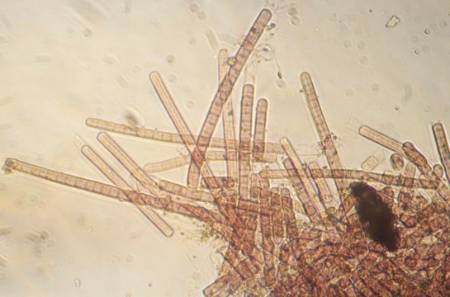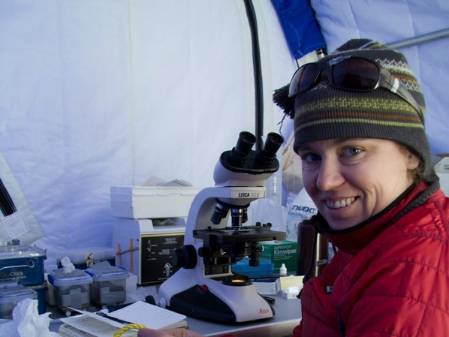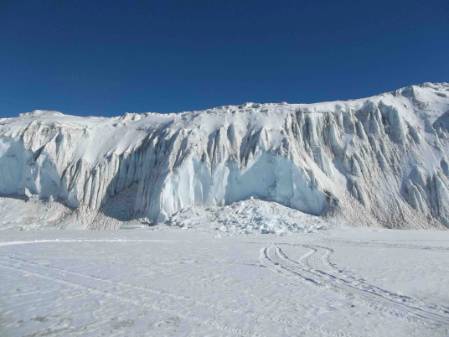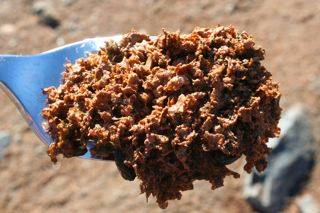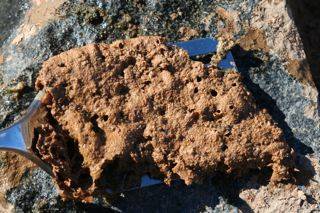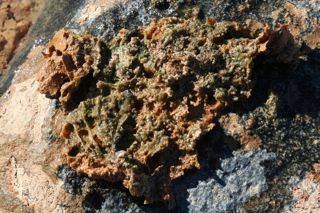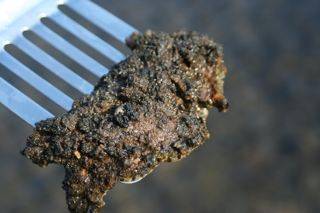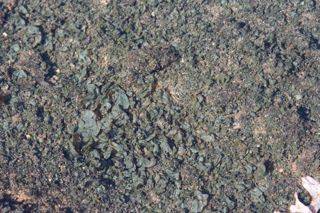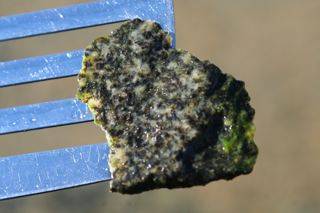This year, we went back to Lake Joyce to study the benthic biology in the McMurdo Dry Valleys. The 3D microbial structures that are growing out of the mat are particularly interesting because most of them have a calcite skeleton. This is the only lake in the Dry Valleys where microbial mats have such distinctive calcite skeletons.
The calcite skeleton makes these microbialites particularly interesting for geobiology, where modern microbial mats are studied to enable a better interpretation of microbialite fossils from early Earth.
Over the last three weeks we collected samples that will allow us to investigate if the water chemistry, light and sedimentation effect the growth of microbialites in the lake. We also collected mat material to carry out DNA and microscopy analysis to evaluate the role that cyanobacteria, other bacteria and eukaryotes play on the formation of microbialites and their calcite skeleton.
Microscopy image of Phormidium cyanobacterial filaments in Lake Joyce mats. Most of the Phormidium filaments have a strong purple pigmentation though the production of Phycoerythrin for a better utilisation of the limited light that is available in Lake Joyce.
Anne working at the microscope.
Close-up image of microbialites with calcite skeleton covered by thin microbial mat webs .
Microbialite structures with calcite skeleton collected from Lake Joyce by diving.
The team getting ready for a dive to collect microbial mats.
The main efforts of the field event led by researchers from UC Davis, California, were to map the distribution of the microbial structures in the lake and to test what the influence of sedimentation is on the microbial structures.
The imaging is done by a drop camera that is held on a rope through a hole in the ice. The team installed several traps in the ice that will collect sediment from now until next season.Each hole is individually drilled with a jiffy drill in order to insert the traps and document the microbial mas and microbial structures.
The team drilling a hole in the ice.



